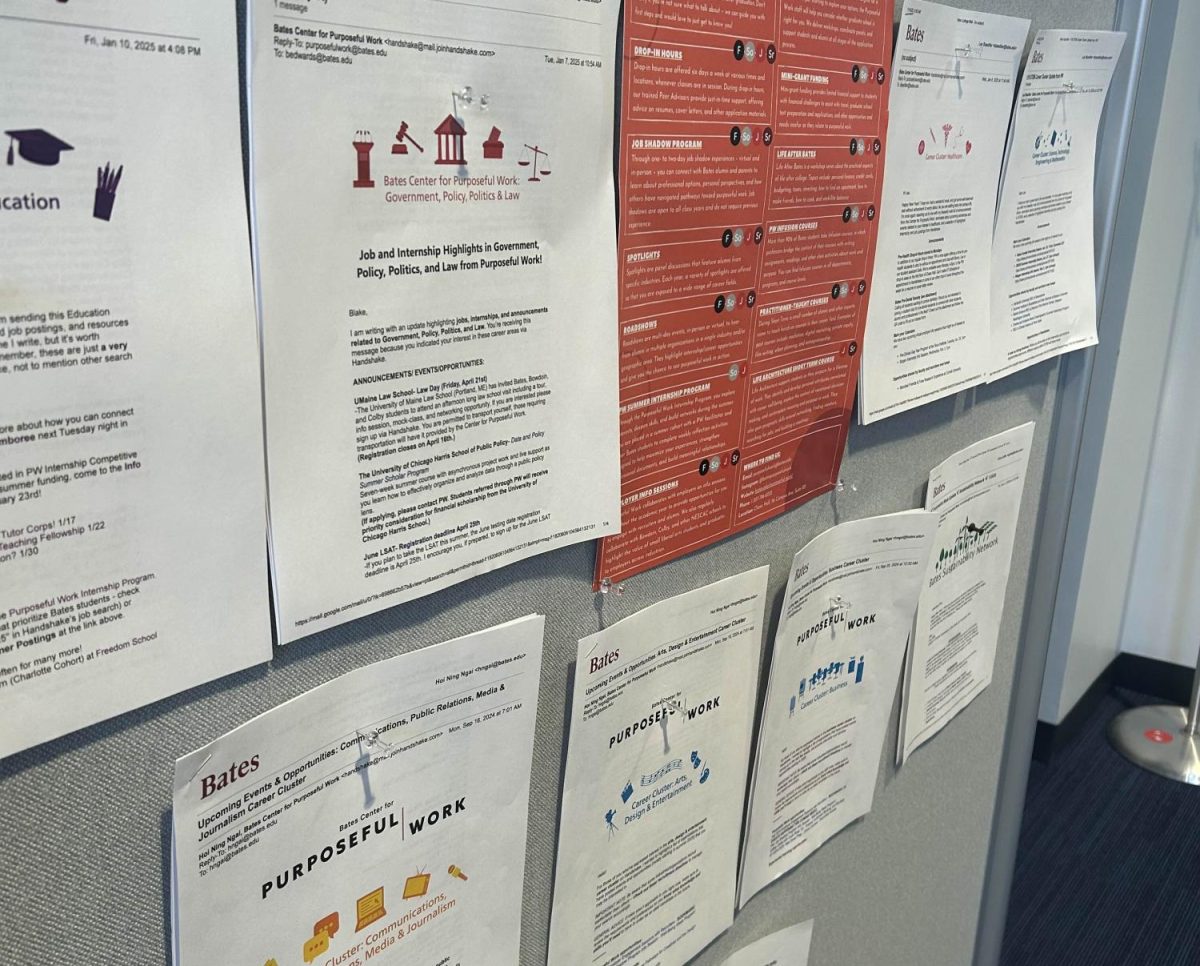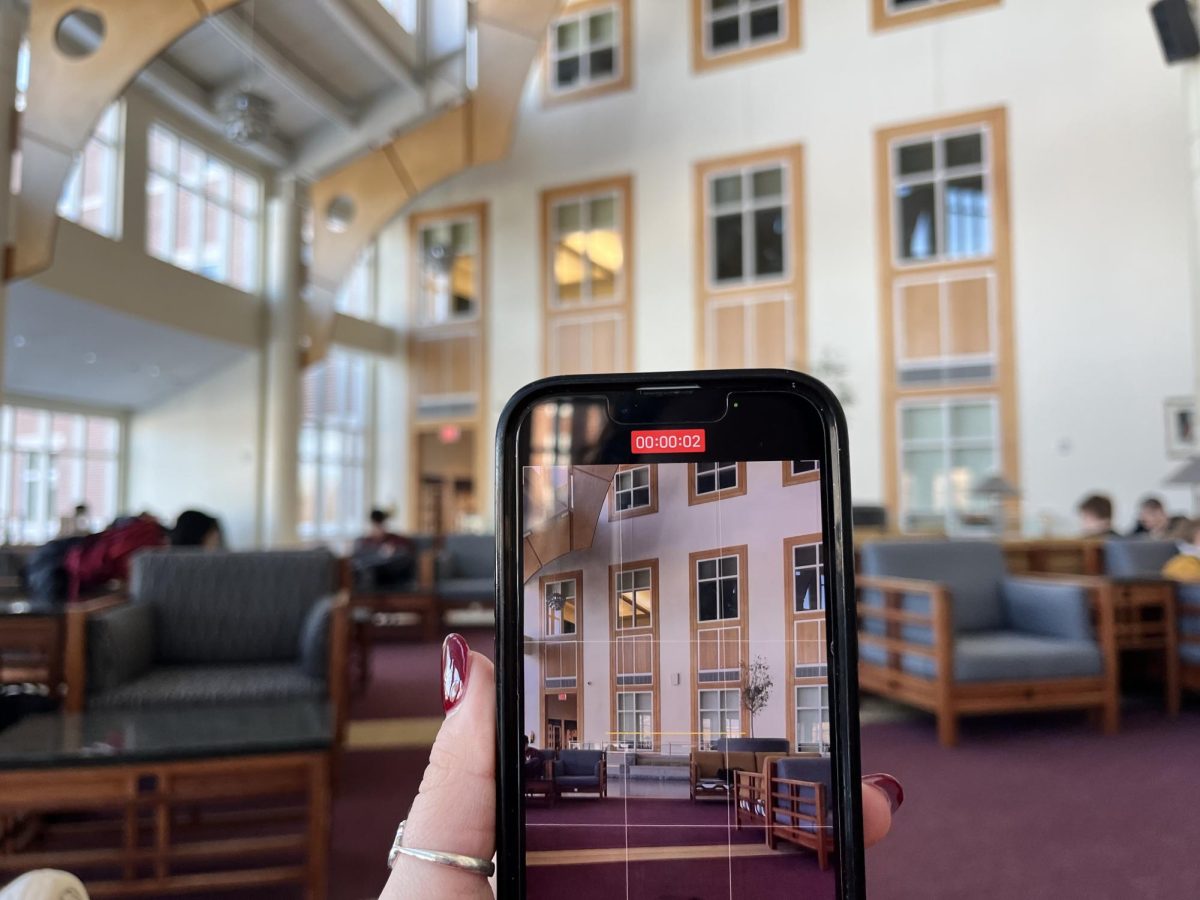Bates students and faculty are reviewing and working diligently to amend the smoking policy. Currently on the Bates College website, the smoking policy is defined as striving “to maintain the well-being of the campus community while considering the needs of individuals who smoke.”
People cannot smoke cigarettes, vape, or chew tobacco within fifty feet of a Bates building, and the college will aid in helping students overcome nicotine addictions through school initiatives such as:
- Informational programs to support a smoke-free lifestyle
- Employee access to available services through the college’s health insurance program
- Health information and cessation assistance for students through Health Services
Bates also includes at the end of its smoking policy page a small paragraph describing general conduct concerning the issue. It reads, “It is important to remember that we are friends, co-workers, acquaintances, hosts, and guests, and we need to treat each other with respect.”
This policy seems holistic and inclusive, but what may a future, stricter, policy look like? We can look at Colby’s smoking policy as an example of what this new “tobacco free” policy may look like.
On their smoking policy page, Colby states: “In the interests of reducing harm from tobacco use and secondhand smoke, providing an environment that encourages persons to be tobacco-free, reducing long-term health-care costs, and promoting a campus culture of wellness, Colby College has established a tobacco-free policy.”
Their policy outlines that no one can use Tobacco products while on Colby campus. This strategy has been adopted by hundreds of schools across the country, and Bates may soon join their ranks.
Kathy Morin, an RN at the Bates Health Center was kind enough to answer some of my questions on Bates’ future policy. She confirmed that meetings had been held to discuss the issue and making Bates tobacco free, but that the school was committed to allowing the students to foster any change.
Kathy told me she agreed with this strategy, considering a policy put forward by the students to be the only viable solution. It’s the students who are smoking cigarettes, and it’s the students who are at risk of second-hand smoking; it only makes sense the student body should control itself in this matter. So, it’s up to us to draw the line on smoking, but where exactly should that line be?
To get an important, yet under-heard, perspective I asked a Bates student who smokes cigarettes about their thoughts on the matter. “It’s unfair,” they said, “smoking is stigmatized but drinking isn’t, when both are bad for you. It’s just because not as many people smoke. If Bates got rid of drinking, no one would go here.”
They told me they considered the current policy a fair balance between the well beings of the majority and minority. Moreover, they said a stricter smoking policy would marginalize those members of the Bates community who do smoke—forcing them to do so on the outskirts of campus.
The issue of tobacco free vs. tobacco freedom is complicated and nuanced. In asking ourselves what the smoking policy should be, we ask what priorities as students and members of a community we hold highest. Is it the freedom of choosing for ourselves whether to smoke or not, or a general commitment to healthy living that we must protect?
While the change may be one that may take place over the years, how we as a school discuss and eventually answer this question will define ourselves and our values.







